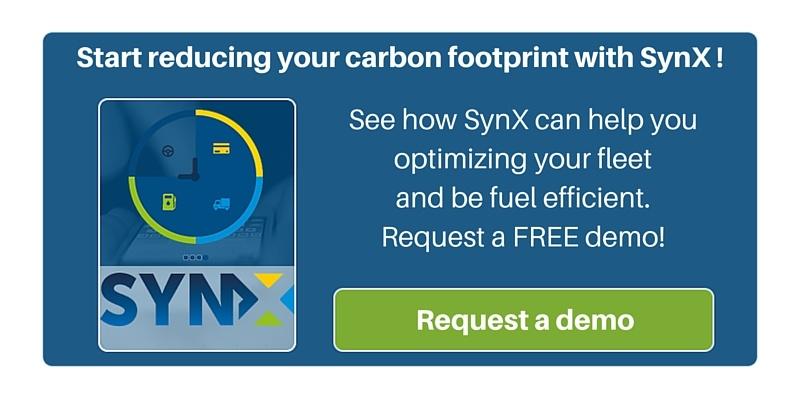
Reducing carbon footprint when it comes to your fleet of vehicles is all about reducing mileage and fuel usage. Here are our top 5 tips:
#1 - Optimise Routing
Monitor and improve your driver's routes on a consistent basis. Plenty of information available to help here, live traffic information could help in re-routing your drivers on real-time behaviour. Use tracking systems to review routes with your drivers and come up with improvements. Investigate routing software for large fleets with complex routes. Bad vehicle routing means wasted mileage, fuel & time.
#2 - Control Speed
The optimal speed for maximum fuel efficiency is estimated at about 80 - 90 kmph for a car and 10 - 20 kmph less for a larger commercial vehicle. Every 10 kmph over these speeds decreases the efficiency by approx 6%
#3 - Reduce Idling
If your engine is on you are burning diesel. Vehicle idling is a huge area with room for improvement in most fleets we come across. Whether it's leaving the keys in while making a “quick” delivery or sitting up on your lunch break with the engine on to keep the heating or air conditioning running, huge wastage and emissions are occurring in this area.
#4 - Reduce out of working hours usage
Sometimes it makes more sense for a business to let their drivers take the work vehicles home at the end of day/week to save time. But the fact is that these vehicles get used excessively outside of working hours with unnecessary trips in large commercial vehicles wasting fuel and causing an impact
#5 - Improve Driver behaviour & maintenance of the fleet
Keeping your vehicle at its optimum performance is important for it to run efficiently. Keep an eye on the tyres, don’t let the fuel tank run right down to the very bottom. Monitor and maintain regular service schedules. Also, take preventative steps, monitor driver behaviour (Harsh Braking / Rapid Acceleration) & investigate driver training options.
A well-driven and maintained fleet will always be fuel efficient!

Photo by Photo Boards on Unsplash



